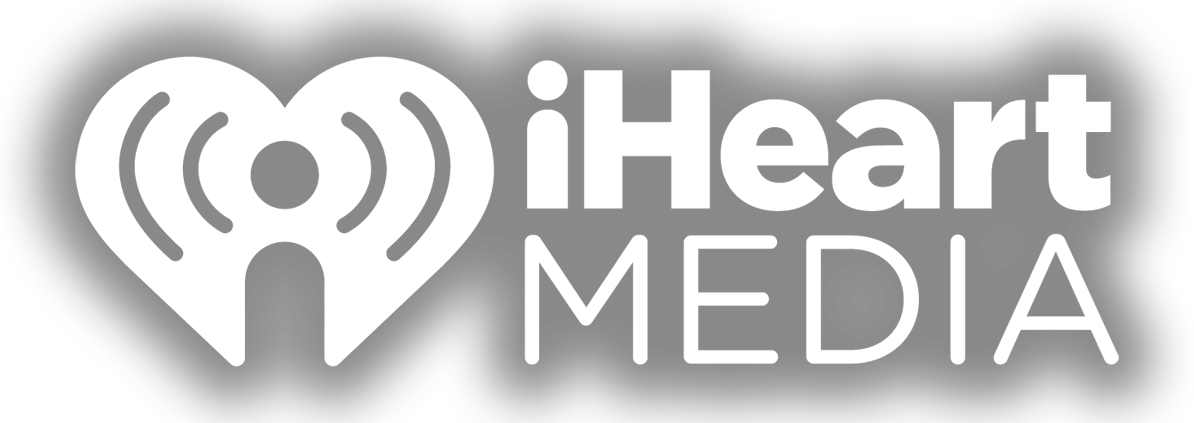
THE FUTURE OF RADIO IS ROOTED IN IT’S PAST
A modern radio experience needs all new tools with familiar user experiences that have existed for decades.
iHeartRadio is a company that has one foot in the past and the other on the gas pedal of a music industry that is reinventing itself every 18 months. It was truly an amazing and challenging experience working there. Below is the journey I lead during my time there.
For context: I was the Director of Enterprise User Experience Design & Research. I lead a team of 5 UX designers and 2 UX researchers.


START WITH THE FUNDAMENTALS
We built a design language system that addressed content and UI.
The bedrock of a high performing UX design practice is its Design Language System. Mauris fermentum tristique mollis. Morbi lacinia nisl a eros tincidunt tristique. Nulla vitae suscipit mi. Nullam non mauris sed nisi porta tincidunt. Phasellus ac malesuada ipsum, ut posuere nisl.
GETTING TO KNOW THE USER
The work of a Radio Station is a tightly woven flow of micro interactions, multi-media content types, and on-the-fly decision making.
Getting to know the users is a critical aspect of designing proprietary business applications. Personas were developed through extensive user interviews, conversations, and surveys. These all served to form the basis for the information architecture of the apps.

RECREATING THE USER INTERFACE OF PHYSICAL HARDWARE CONTROLS
A modern radio experience needs all new tools with familiar user experiences that have existed for decades.
A number of the applications we developed were digital versions of analog machinery or offline processes that had existed for decades. This really blurred the line between software design and web application design.


A SINGLE INTERFACE WITH A THOUSAND USES
Most people don’t realize how complex the work of a radio DJ really is.
Just listening to a radio DJ do their work you would never know how much is going on behind the scenes. In reality the DJ is at the heart of a very complex set of decisions, actions, and creative choices that all have to be made on-the-fly. Our web applications made this possible.
YOU CAN’T ARGUE WITH THE NUMBERS
Through surveys and interviews we got a clear understanding of where we were succeeding and where there was still work to be done.
Measuring the improvements we were making to the user experience was a critical part of our work. You have to start with a baseline and then you have to follow-up in periodic intervals to check your progress. One of our favorite tools for this was the System Usability Scale (SUS) survey type.

